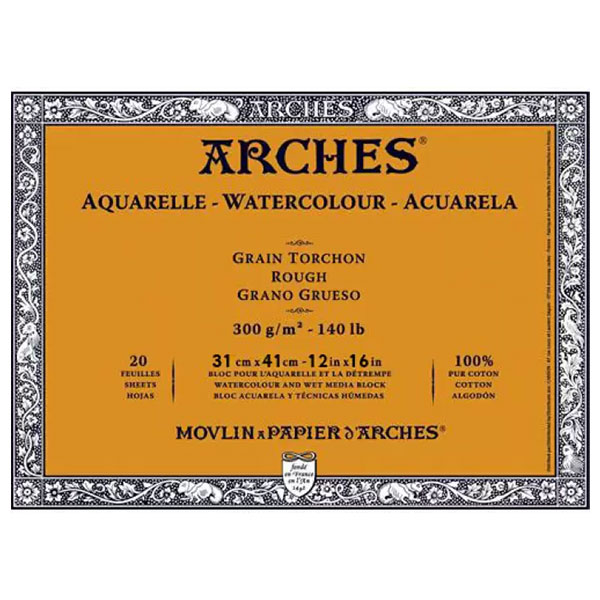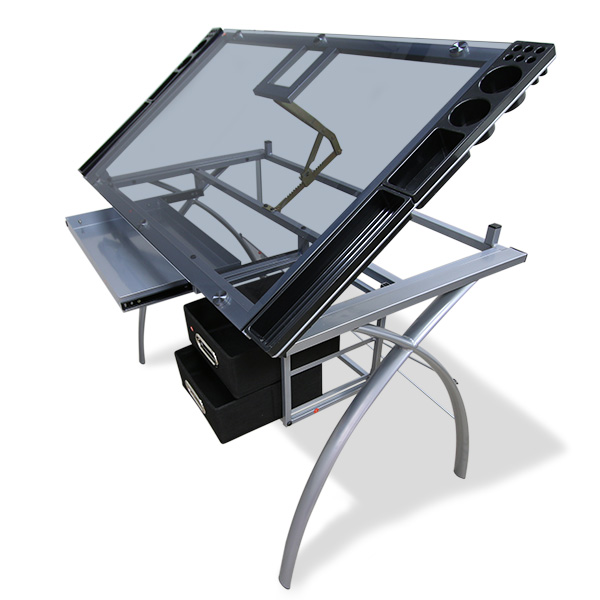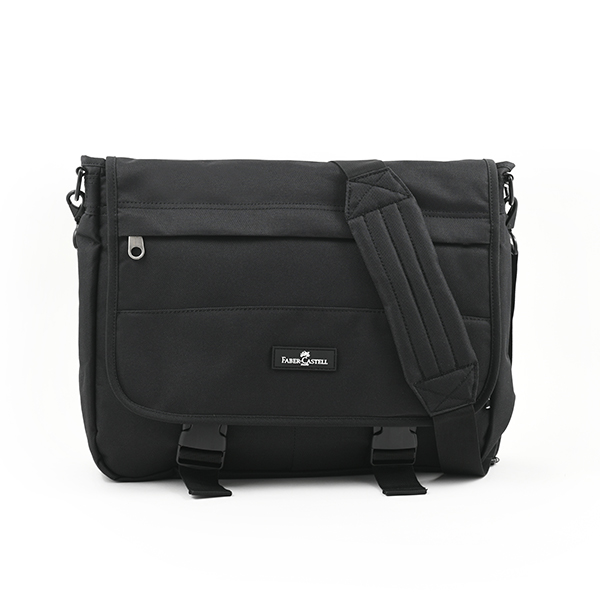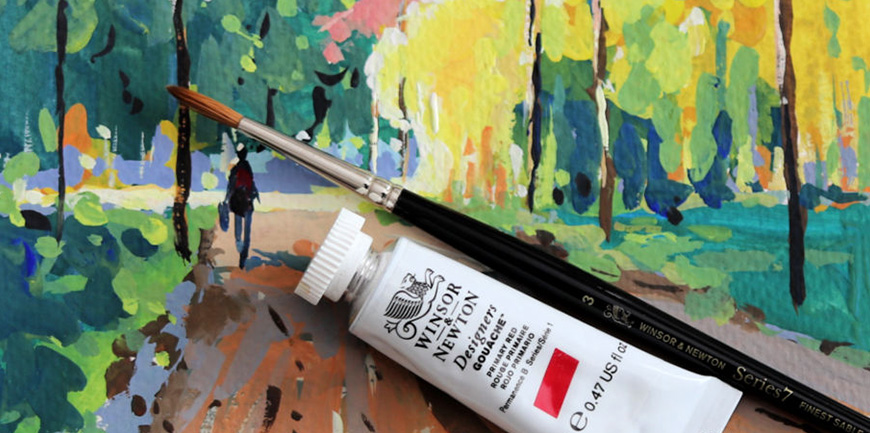
There is something vaguely nostalgic about painting with gouache. I could not quite explain it until I realised that I had painted with gouache before as a child. The powder paint I used to use as a child was a type of gouache and is still available today. But the name is about all that is the same when compared to the paint I am using now. They are still paints in much the same way as a Trabant and an Aston Martin are still cars. In every other respect, they are entirely different.
What is Gouache?
If you are wondering what gouache is exactly, you are not alone. It is an ancient painting medium that resides in the shadow of oils, watercolour and acrylics. But that is changing. Gouache as a painting medium is experiencing a resurgence of popularity. I can see why. I recently tested the popular Winsor and Newton Designer’s gouache and I was not disappointed.
Good quality gouache is largely made up of pigment and gum arabic as a binder. No fillers and extenders. The result is a paint high in pigment strength and brilliant in colour saturation. Winsor and Newton Designer’s gouache is one of these high-quality paints. Do not let the “Designer’s” description mislead you. You do not have to be a designer nor an illustrator to use the paint. It is a true fine artist’s painting medium.
How is Gouache Different?
This paint medium has distinct advantages. Consider this:
- Gouache is water-based like watercolour, but is opaque, not transparent;
- It is quick-drying. Even quicker than acrylics;
- After drying it can be reactivated with water;
- It dries to a velvet matt appearance.
A few of these advantages really make a difference. No more worrying about reserving white paper in watercolours. Gouache is opaque and you can use strong white paint where needed. The ability to reactivate the paint with water means you can change edges easier. Also no more ruined brushes as you can easily get with acrylics.
But overall the brilliant colour strength is a unique feature, especially when using Winsor and Newton’s Designer gouache.
Winsor and Newton Gouache Range
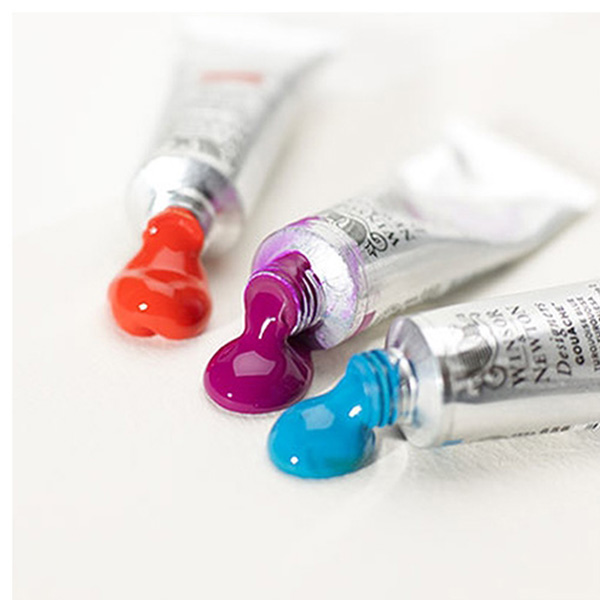
I selected a traditional range of colours to try out. Colours like cadmium yellow lemon, cadmium orange, primary red, cerulean blue, ultramarine blue, alizarin crimson, burnt sienna and yellow ochre. For white paint, I have both zinc white for mixing with and permanent white for highlights.
For more modern colour try Winsor and Newton’s metallic colours or their highly saturated colours like Opera Pink. But make sure you check the light fastness of bright colours like Opera Pink as some are regarded as fugitive. However, most of the range are lightfast and can be used in typical fine art displays.
Painting Experience
The paint comes in tubes and resembles tube watercolour. I prefer to squeeze the paint into a sealable container so that the paint remains moist when I store it for later use. A little spritz of water over the paint ensures that it does not dry out easily.
To use the paint it is necessary to add a little water and mix the gouache to an optimum consistency. How much water depends on how you intend to use the paint. More water makes the paint resemble watercolour and it can then become rather transparent. I do not like this approach and find that it weakens the paint effect. However, you can build up layers over this to restore the paint’s strength.
Ideally, the paint is wet enough to create a smooth, solid opaque layer. After a few minutes, you can apply further layers over this too. The ability to add opaque layers is a key advantage with gouache paint.
I found that Winsor and Newton’s gouache paint is easy to apply, strong in pigment strength and dries to a vibrant matt finish. As the paint dries slightly darker for lights and lighter for darks you will want to add a few layers of fresh paint to get the rich lights or darks you need. I find this approach similar to oils and acrylics in the sense that they all benefit from layers of paint.
For these reasons, most fine artists will quickly adjust to gouache paint as a medium.
Painting Surfaces
Gouache is versatile in that it can be painted on most firm surfaces. Typically watercolour paper (cold-pressed) is the most popular choice. But you can use primed panels too. Canvas will take gouache, but be careful of stretched canvas as gouache is not flexible like acrylic and is likely to crack. Rather use canvas panels to avoid this problem. Alternatively primed boards can allow for framing options much like acrylics and oils. Make sure you fix the painting with an appropriate fixative spray. If in doubt frame your gouache painting behind glass.
Brushes
A good quality synthetic or natural hair brush will improve your painting experience. You will need a flat and a round brush. For a sublime painting, experience try Winsor and Newton’s Series 7 Kolinsky sable brushes. I use a number 3 brush for small gouache paintings in my watercolour sketchbook. The Kolinsky sable brush is a joy to use and an investment in your painting.
Overall I found Winsor and Newton’s Designer’s gouache an excellent choice of paint for all skill levels. See the video demonstration below to see these paints in action.



